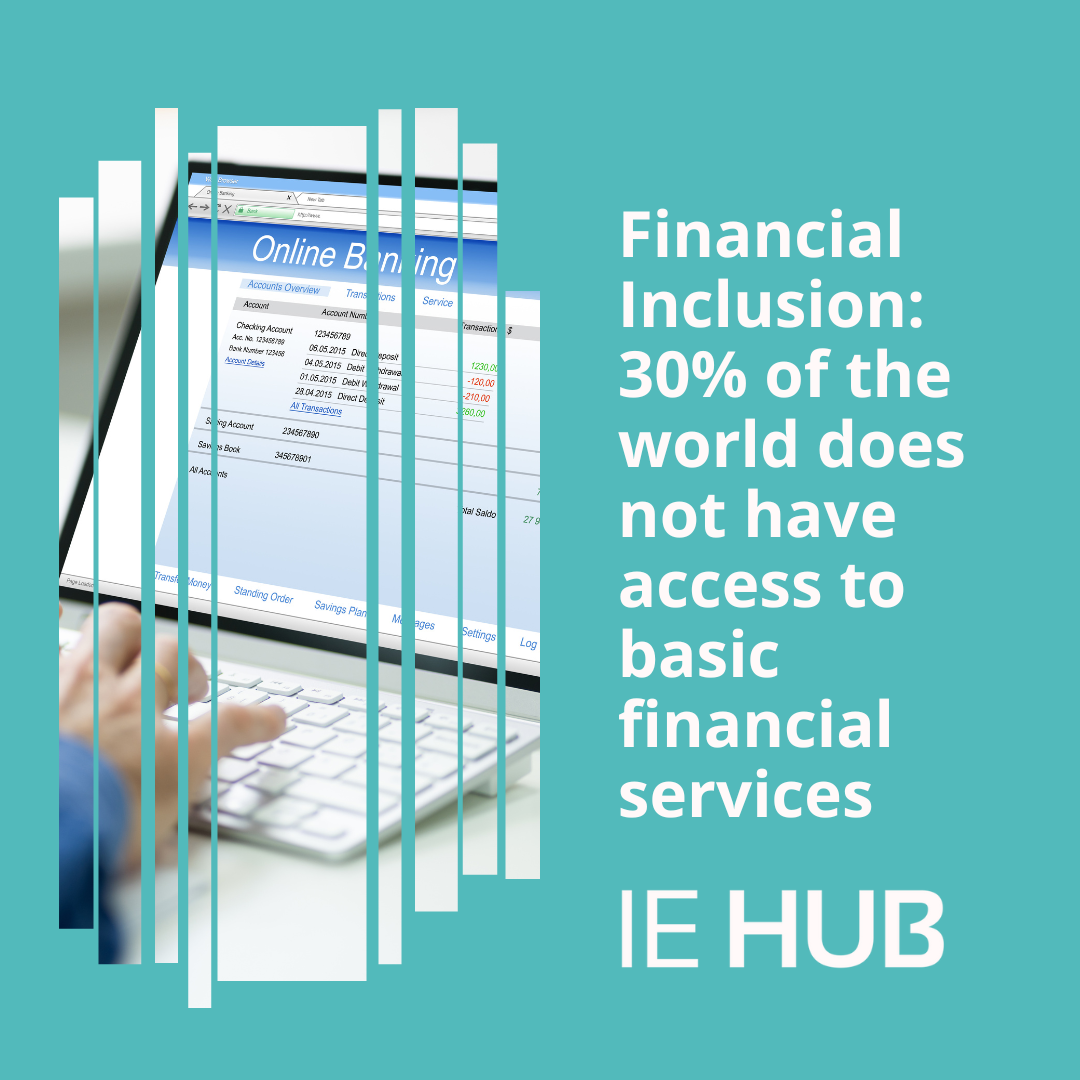
19 Aug
Financial Inclusion: 30% of the world does not have access to basic financial services
Recently, LexisNexis Risk Solutions released its Financial Inclusion report. This analysis focused on access to affordable financial services across the UK. Currently, 1.7 billion (around 30%) people across the world do not have financial inclusion. Essentially, they lack access to affordable and useful financial services that meet their needs.
Financial inclusion’s social mobility
Not only is financial inclusion good practice, but it can also play a big role in social mobility. For example, those with a basic bank account are more likely to apply for credit and savings products, own their own home, and to protect their assets through insurance. Not only do financially included people have more access to such services, but they are also more likely to be offered affordable rates on utilities and other credit risk-dependent services.
Over the past 10 years, financial inclusion has certainly improved. Since the last financial crash, an estimated extra 1.2 billion global citizens have gained access to basic financial services. Part of this can be attributed to the rise in FinTech services. However, equality is far from being met. Some demographics are disproportionately more likely to be financially excluded, including poorer households, rural areas, and ethnic minorities. It is not just a social issue, migrant workers, divorcees and young people living at home could all be affected by the financial exclusion.
How does financial inclusion happen?
The root cause of financial inclusion is the way in which creditors assess affordability. When creditors determine risk, they typically use credit checks that pull data from credit bureaus. However, this is a very narrow view of a consumer and their ability to pay. Also, if someone is described as having a ‘thin file’, they essentially do not have enough credit data to prove that they can repay debts, then they can also suffer from financial exclusion.
Financial inclusion statistics
- Almost 320,000 individuals in the UK are classed as having a ‘thin file’, with no data footprint
- 7 million people have had no financial or credit service activity in the past 24 months
- 8 million people have no record of an open or closed current account
- Over 637,000 people can be classed as credit invisible, making them impossible to credit score
- One in ten have some kind of derogatory data, like CCJs or bankruptcy records on their credit file
Why is financial inclusion important?
Financial inclusion can be seen as a luxury for many, even though it should be a basic human right. Being financially excluded can have drastic personal, social, and economic effects. A current account is often considered a basic employment requirement and acts as a gateway to other credit, savings, and insurance services. Account holders are much more likely to start and grow their own business and invest in their education or health. Financial inclusion has such an effect that it can even influence the energy tariffs people pay- those with low credit ratings will unlikely qualify for Direct Debit payments and will likely have to pay expensive, pre-paid tariffs.
If someone cannot secure a current account, they are often faced with charges for cashing cheques. They are also likely to pay a premium on financial services that they use. With certain demographics proving to be linked to financial exclusion, this can make someone’s life way more difficult than it already is.
How creditors should use this information
Financially included people have more access to affordable loans, insurance, business accounts, and mortgages. The way credit checks are conducted can exclude millions of people from accessing affordable and useful financial services. Affordability checks that rely on credit bureau data just look at the tip of the iceberg. Therefore, a more holistic way of assessing ‘the ability to pay should be sought out.
IE Hub is an online tool that provides a holistic way to assess affordability. Instead of focusing on limited credit bureau data, IE Hub acknowledges income, expenditure, open banking data, and VRS vulnerability. By doing so, we ensure that as many of our customers are financially included as possible. We suggest that creditors seek out a more holistic approach to affordability assessments.
To read the full Financial Inclusion report by LexisNexis, click here.
